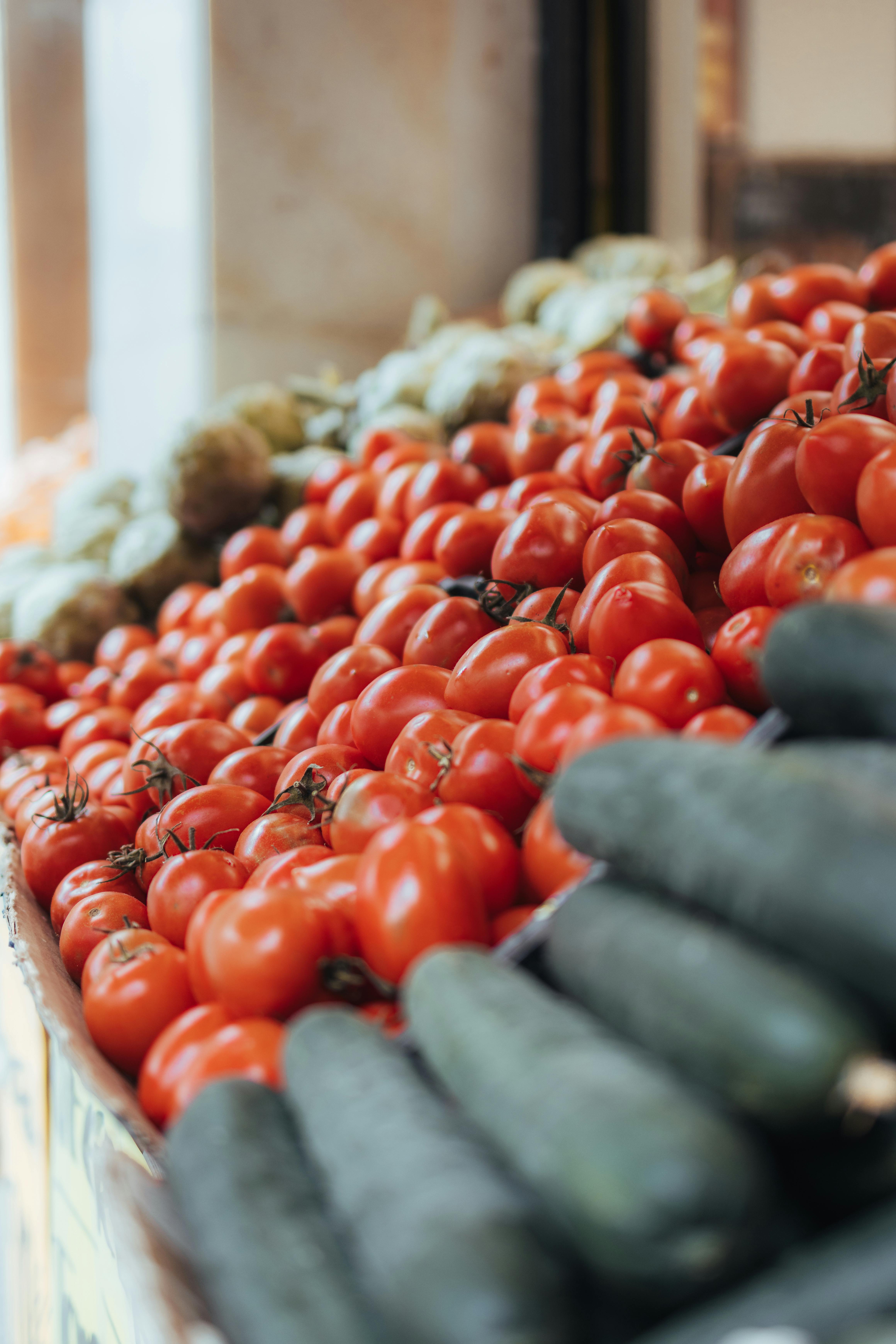Shifting Paradigms: The Resurgence of Urban Farming and its Societal Impact
Introduction: Urban farming is no longer just a hobby for eco-conscious city dwellers—it's a cultural movement reshaping our relationship with food and nature. This resurgence of urban agriculture is not only transforming urban landscapes but also the way society perceives food production and consumption. Read below to delve into the roots of this trend, understand its implications, and explore the change it brings to our modern society.

Reconnecting with the Roots: The Historical Context
Once upon a time, farming was the domain of the countryside. However, the advent of industrialization saw a dramatic shift in this paradigm, with people moving away from their rural roots to seek employment in the cities. Urban farming, in its current form, is a relatively recent phenomenon, a response to the growing concerns about food security, sustainability, and a desire to reconnect with nature amidst concrete jungles.
Seeds of Change: Current Trends in Urban Farming
From rooftop gardens to community allotments, urban farming is taking root in cities worldwide. This trend is driven by a variety of factors— the desire for fresh, local produce, concerns about the environmental impact of traditional agriculture, and the therapeutic benefits of gardening. The COVID-19 pandemic has further accelerated this trend, with many urban dwellers turning to gardening as a way to supplement their food supply and cope with stress during lockdowns.
Cultivating a New Culture: The Significance of Urban Farming
Urban farming is more than just a way to grow food—it’s a way to foster community, promote sustainability, and challenge the status quo of our food system. It’s a movement that encourages self-sufficiency, food justice, and environmental stewardship. By bringing food production closer to consumers, urban farming reduces the carbon footprint associated with transporting food, promotes healthier eating habits, and strengthens local economies.
Ploughing Through the Concrete: The Implications of Urban Farming
The rise of urban farming is reshaping our cities and the way we live. It’s transforming underutilized spaces into productive green oases, improving urban biodiversity, and contributing to the mitigation of climate change. Moreover, urban farms often serve as community hubs, fostering social cohesion and offering educational opportunities. However, urban farming also faces challenges such as land availability, soil contamination, and regulatory hurdles.
Growing Forward: The Future of Urban Farming
With advancements in technology and increasing societal awareness, the future of urban farming looks promising. Innovations like vertical farming and hydroponics are expanding the possibilities of what can be grown in urban settings, while policy changes and community initiatives are making urban agriculture more accessible and sustainable. As we continue to grapple with issues like climate change and food security, urban farming presents a resilient and resourceful way forward.
In conclusion, the resurgence of urban farming is not just a trend—it’s a transformative movement that’s redefining our relationship with food and the environment. As we continue to navigate the challenges of the 21st century, urban agriculture offers a sustainable, community-focused solution that goes beyond the simple act of growing food. It’s about cultivating a future that’s rooted in sustainability, resilience, and social equity.




